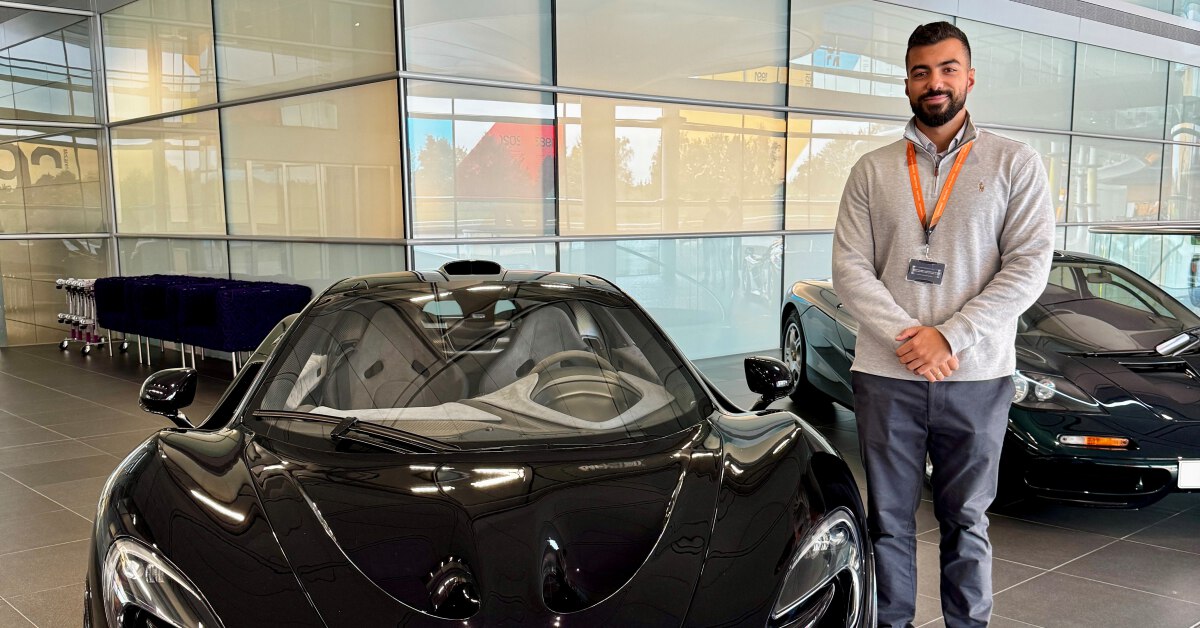Navigating Multicultural Motherhood: Raising Mixed Children
31/07/2024

As a white English mother raising mixed white and Punjabi-Indian children now 14 and 11, our journey is providing opportunities for learning, enjoyed experiences and much hilarity as we navigate the differences in the diverse cultures that shape my children’s heritage.
Embracing Dual Heritage
From the moment my children were born, I knew that nurturing both their English and Punjabi roots would be essential. The blending of both cultures has been an enlightening process, not just for them but for our entire families. This started with their names, whilst we chose first names that are open to interpretation – (both their names have meanings in both cultures) we also opted for a more blended approach for them to choose how they may present themselves to the world as they grow up. Traditional English family names for their first names followed by the traditional Sikh middle names, followed by our surname, so they each have hybrid names.
Language and Communication
Language is a powerful connector to one’s heritage and whilst my son showed little interest in learning the Punjabi language, my daughter started attending classes run by her grandmother from the age of 6 and now can understand and communicate with her Punjabi relatives extremely well and even teaches myself and my son some key phrases sometimes leading to some interesting and humorous misunderstandings. Recently they have begun to call each other by pet names – Freya Beti and Rohan Beta in a reflection of how their many Indian aunties call them.
Celebrating Traditions
Our household is a melting pot of celebrations. From Diwali and Lohri to Christmas and Easter, we celebrate them all. This has allowed my children to feel connected to both sides of their diverse heritage and spend important holidays with family.
Food
My children enjoy a wide range of foods from both cultures and are as happy tucking into a roast dinner with their English grandparents as they are diving into a stack of stuffed Parathas with their Punjabi grandparents. The beauty of having such a diverse heritage is that as my daughter puts it “we have the best of both worlds.”
Values and Customs
Balancing differing cultural values and customs has been quite a steep learning curve for us all. Punjabi culture’s emphasis on family, respectfulness, and a sense of duty sometimes clashes with the individualism and self-sufficiency often highlighted in a British way of life. We have encouraged our children to develop their own ways of handling themselves and merging these values, they know what is appropriate, what different parts of their family’s expectations might be and how to behave in different situations.
Religion
Whilst my husband was raised in the Sikh faith and I was christened in the Church of England, both of us prefer to live a good life, with a focus on strong morals and being of good character rather than subscribing to a particular religion. Our children were educated at the CofE Primary school in our village and have attended the Sikh Gurdwara for several religious and cultural celebrations throughout their early childhood. We believe we have given our children a broad understanding of the religions we were raised in without pressuring them to subscribe to either. We wish them to be able to make their own decisions about their beliefs as they grow.
Confronting Bias
When I married my husband, a wise aunt told me, there is nothing wrong with who you are, be yourself! when I was overwhelmed by all of the Indian wedding traditions, and this is something I have passed on to my children, of course raising mixed-race children comes with challenges, including confronting societal biases, but ultimately I want them to be comfortable with who they are and to go out and show the world no matter your heritage, you can be successful and be yourself.
South Asian Heritage Month runs from 18 July to 17 August every year, aiming to amplify and celebrate British South Asian heritage and history across the United Kingdom. Members of our staff network, EmbRace are sharing their experiences as a blog series. We’re proud to have diverse staff and student body at Cranfield.
The theme for South Asian Heritage Month 2024 is “Free to be me”, encouraging us to be proud of our similarities and our differences in a world where we know not everyone feels free to be themselves.
Categories & Tags:
Leave a comment on this post:
You might also like…
Study better and smarter in 2026
Happy new year! Now is the perfect time to reflect on your studies so far, thinking about what you’re doing well and where you need to focus a bit more attention. Getting back into ‘study ...
Cleared for the future: Why aviation leaders must embrace environmental sustainability
Environmental sustainability is not a niche concern for aviation anymore, it’s central to how we think about the future of our industry. In my work as an Associate Professor of Airport Decarbonisation, I see first-hand ...
Preparing your work for Turnitin submission
Before submitting your work into Turnitin for similarity checking, if you have used referencing software then you may need to take some important steps first. Mendeley and Zotero integrate with MS Word by embedding field ...
The fast track to supercar engineering: My Cranfield journey
It’s been a dream come true to work on some of the world’s most prestigious supercars – the Aston Martin Valhalla, McLaren 750 & Artura, the GMA T.33. But every successful ...
Automotive Engineering: From student to hypercar innovation at Rimac
We sat down with recent graduate Thomas Perrin, to discuss how his year on the MSc in Automotive Engineering at Cranfield University propelled him from the lecture hall directly into the ...
What this year at Cranfield really meant to me
Every Cranfield journey is unique. In this alumni reflection, Zachea Scicluna shares what her year at Cranfield truly meant, from facing uncertainty to gaining hands-on experience in industry-backed projects. I’ve been reflecting (and delaying) ...







